Classification of plants in general and fungi in particular is a neglected discipline and there are very few institutions where the work is going on. This may be due to the modern approach of molecular biology for taxonomic determinations. It is also due to the indirect relation of human being with fungi. There are only few fungi directly related and utilized by human being. Although mycophagy (using fungi as foot) is a practice since ancient time of Buddha but till now it is restricted to a very lesser population. However, some forest fauna directly eat fruit bodies of macro fungi.Fungi play a very important role in growth of forest trees and balance of forest ecosystem. Some fungi like mycorrhizal fungi directly associated with growth of forest trees by helping them in nutrient uptake. Besides mycorrhizal fungi there are fungi, which play an important role in decomposition of forest litter and nutrient cycling. Off course there are some fungi, which are harmful to forest plant causing damage to root system, stem, branches, foliage, seed, wood, etc. Foliage fungi destroy the leaves in standing trees, for example lendia and dhawa, which naturally attract the attention of mycologists and forest pathologists. Wood decay fungi destroy a lost of wood and timber every year in standing trees as well as in wood depots. In the recent past special attention of man is on edible and medicinal fungi occurring in the organically grown forests. A person who taste naturally occurring pleuroti, termitomyces, tuber, etc., can never forgot them. Utilization of wood decaying fungi and poisonous mushrooms in medicine is under intensive research. Despite the fact that the fungi, which at present has got a status of its own kingdown, play a very important role in forest ecosystem are less explored. An effort has been made by the Tropical Forest Research Institute, Jabalpur to explore and study them. In the present book, which is forest of this kind, we compile all fungi occurring in forest of Madhya Pradesh and Chhattisgarh. A large number of collections of forest fungi has been made from forest of the Central India and preserved at mycology herbarium of the institute; the fungi were identified and documented. Many fungi were found new to science, while many others are reported as new host and fungal records from India are reported in the present work. The present work will be helpful in developing TFRI as center for taxonomy of fungi and an identification service for forest will be provided by thus institute in near future. In the present work we compile all fungi with their full description and illustrations. In this endeavour 17 lower fungi, 187 ascomycete, 65 basidiomycete were described and systematically arranged following the recent classification.
Forest Fungi of Central India
Add to favorites
Contents
$135.00
$150.00
In stock
Free & Quick Delivery Worldwide
All orders amounting to US$ 50 or more qualify for Free Delivery Worldwide. For orders less than US$ 50, we offer Standard Delivery at $14 per book.
ABOUT THE AUTHOR Jamaluddin
Dr. Jamaluddin, Scientist-G is working as Group Coordinator (Research) and Head Division of Forest Pathology in TFRI, Jabalpur. After passing his M.Sc. in Botany in 1988 from Sagar University, he obtained D.Phil degree of Allahabad University alongwith Diploma in French Language. He joined service in Govt. of India under Forest Research Institute in 1977. He has specialized in forest pathology and biofertilizers. He has published 350 research papers in various national and international journals. He has published two books FUNGI OF INDIA in 1981 and another supplement in 2004. His second book is GENERAL MICROBIOLOGY published in 2006 by M/s Scientific Publishers, Jodhpur. He has also published 5 different brochures on tree diseases and bio-fertilizers. 15 students obtained Ph.D. degree under his supervision. He has been awarded Vishisht Vaigyanik Purashkar in 2005 by Govt. of India, MoEF, New Delhi, AWARD OF EXCELLENCE by ICFRE Dehradun and BRANDIS PRIZE from Forest Research Institute, Dehradun and a letter of appreciation from DG, ICFRE in 2004. He has visited UK, USA AND Canada for study tours under different programmes of Govt. India. He is a member of different scientific committees in ICFRE and the Universities and also in Academic Council of a number of universities.
ABOUT THE AUTHOR K.K. Soni
Dr. K.K. Soni is presently working as Scientist-D in Forest Pathology Division, Tropical Forest Institute, Jabalpur. He has born in Jabalpur on 28.08.1954. He completed his primary education from Jabalpur and post graduated from Govt. Science College, Jabalpur in 1976. Further he received Ph.D. from Rani Durgavati University, Jabalpur in Life Science during 1985. Dr. Soni started his service from RFRC, Jabalpur in 1977. Thereafter he was transferred to IFGTB Coimbatore and he worked there for five years on Provenance and Clonal Disease Problems of Tree Plantations. During 1991 he was transferred to TFRI, Jabalpur and worked in different national/international forestry research projects as Co-PI. He visited University of Georgia in USA and Embrapa Institute in Brazil. He published 75 research papers in various national and international journals. He has been awarded "AWARD OF EXCELLENCE" in forestry research by Indian Council of Forestry Research and Education, Dehra Deun.
ABOUT THE AUTHOR Nidhi Sharma
Dr. Nidhi Sharma is associated with Tropical Forest Research Institute as Research Associate since 2004. She was born in June 1975 at Gorakhpur, U.P., India. Dr. Sharma completed her Ph.D. Degree in Botany in 2002 from Deen Dayal Upadhyay University of Gorakhpur, Gorakhpur. Before this her schooling was from N. E. Railway Senior Secondary School, Gorakhpur followed by Graduation and Masters Degree from University of Gorakhpur. She is a member of various academic societies. She has ten published research papers in various Indian journals and one book chapter to her credit. She has published 30 new species of fungi.
ABOUT THE AUTHOR R.K. Verma
Dr. R.K. Verma presently working as scientist 'D' and Head, Forest Pathology Division at Tropical Forest Research Institute, Jabalpur, was born on 01.07.1959 at village Umariya Goptar, District - Basti (U.P.). He received primary education at his village and passed High School and Intermediate from Govt. Inter College, Basti. He has done graduation from St. Andrew's College, Gorakhpur (1980), post graduation (1982) and Ph.D. (1987) in Botany from Gorakhpur University. Dr. Verma worked at Forest Research Institute, Dehra Dun during 1989 - 1991 as Pool Officer and subsequently joined TFRI, Jabalpur as a scientist in April 1991. He visited University of Florida, USA during 1997. he has successfully completed 4 research projects on biofertilizers and taxonomy of fungi and was associated with 5 other projects. He is a member of many academic societies and was awarded FPSI by Indian Phytopathological Society. He has published 79 research papers in Indian and Foreign journals and written 3 book chapters. He has published 4 new genera and 60 new species of fungi. Because of the reference value of this outstanding achievement his name appeared in the 9th edition of Marquis Who's Who in science and engineering 2006-2007.
reviews
0 in total
Review by Anonymous
Be the first to review “Forest Fungi of Central India” Cancel reply
You must be logged in to post a review.
Bibliographic information
Title
Forest Fungi of Central India
Author
Edition
1st ed.
Publisher
ISBN
9788181892287
Length
xii+418p., Tables; Figures; Bibliography; Index; 25cm.
Subjects
more by Jamaluddin see more
more by Nidhi Sharma see more
The Changing Dynamics of Textile
$37.80
$42.00

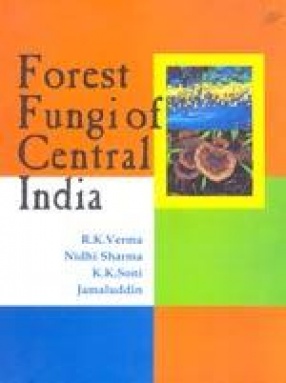

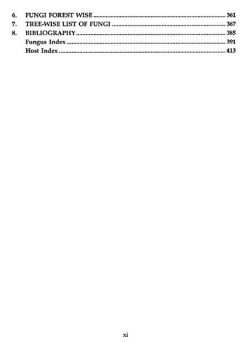
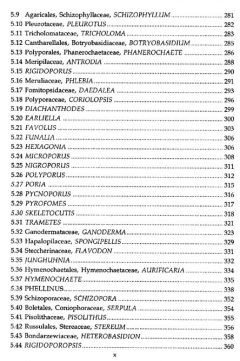
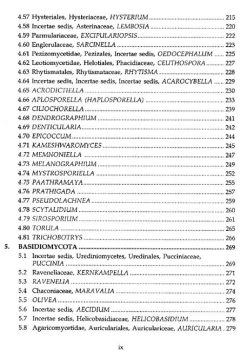
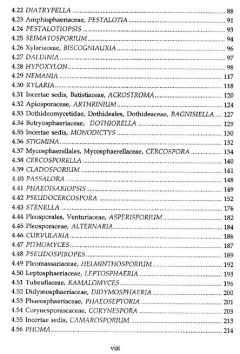
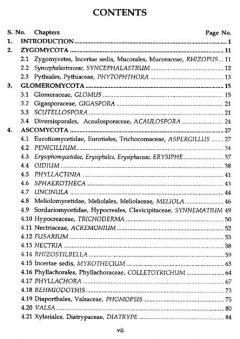
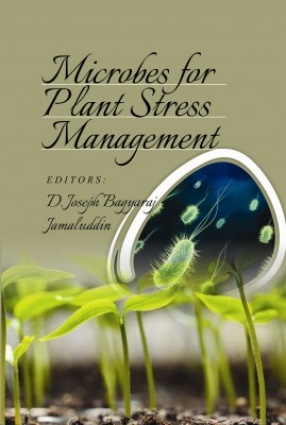
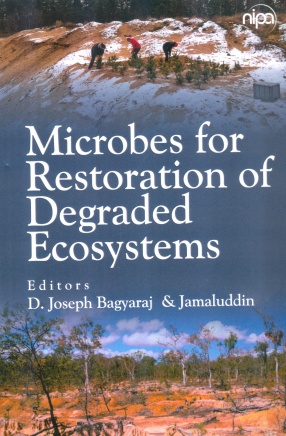
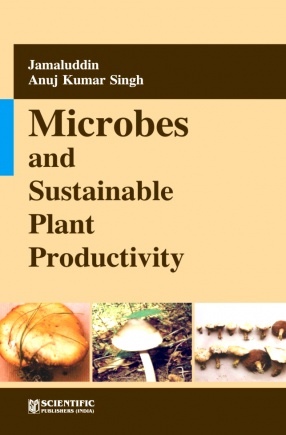


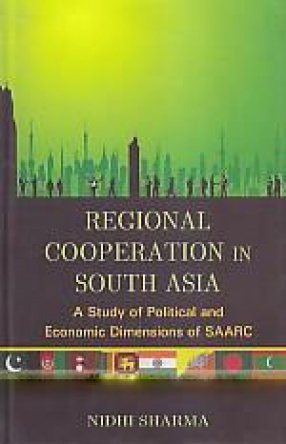





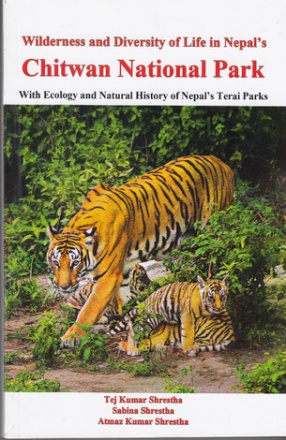
There are no reviews yet.